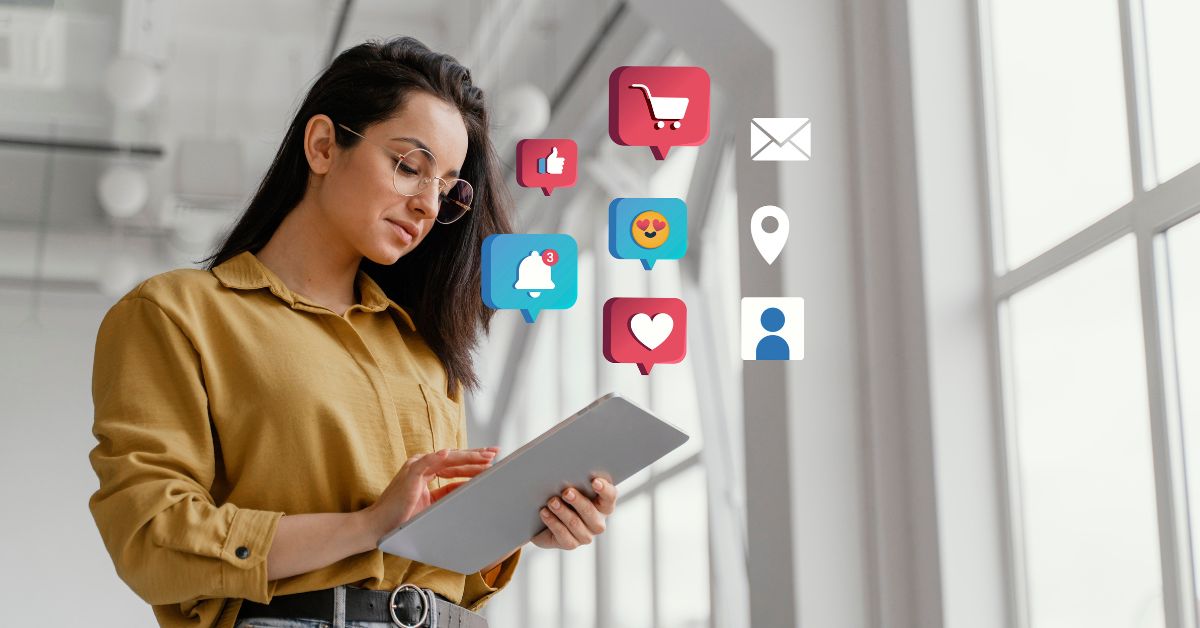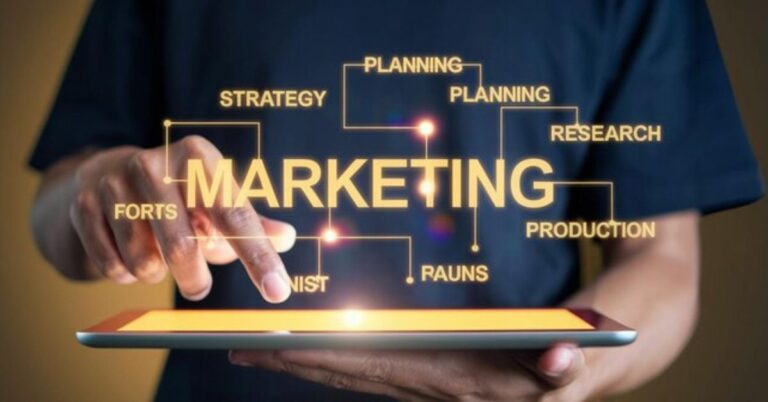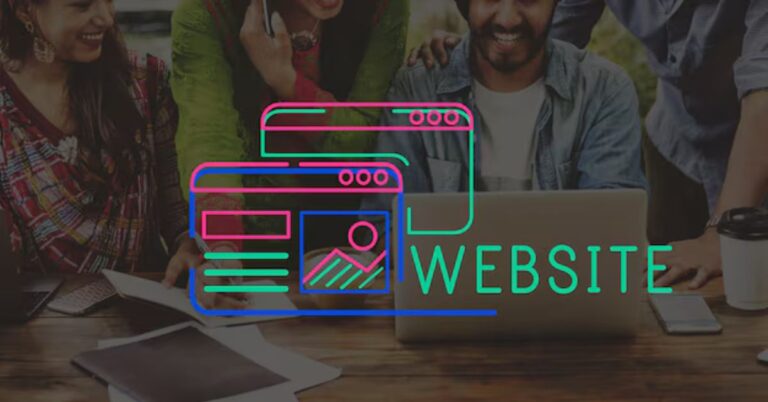Engaging Your Shopify Customers with Email Marketing

Getting someone to visit your Shopify store and even make a purchase is fantastic, but the journey doesn’t end there. In fact, one of the most powerful tools you have for building lasting relationships and driving repeat sales is right in your customers’ inboxes: email marketing. It’s not just about sending promotions; it’s about staying connected, providing value, and reminding customers why they love your brand.
To help you get started, the experts at VT Labs — a leading Shopify web development company — have put together this actionable guide. Let’s explore how Shopify merchants can use email marketing to engage their audience and boost conversions.
1. Welcome New Subscribers with a Bang
First impressions matter. Your welcome email series sets the tone for your relationship.
- Immediate Welcome: Send a warm welcome email right after someone signs up. Thank them and introduce your brand’s story or mission.
- Offer a Perk: Consider a small discount, free shipping on their first order, or early access to new products. This encourages that crucial first purchase.
- Showcase Best Sellers: Point them towards your most popular products or collections to help them get started.
- Set Expectations: Let them know what kind of emails they’ll receive and how often (e.g., “Expect monthly updates on new arrivals and exclusive offers!”).
2. Nurture Leads: Turning Browsers into Buyers
Not every visitor will buy right away. Email can gently guide them towards a purchase.
- Abandoned Cart Recovery: This is your low-hanging fruit. Send automated emails reminding customers about items left in their cart. A series of 1-3 emails, possibly with a small incentive, can significantly recover lost sales.
- Browse Abandonment: If a customer views a few products but doesn’t add anything to their cart, send a follow-up. Suggest similar items or remind them of products they viewed.
- Segment Your Audience: Don’t send the same email to everyone. Divide your list based on interests, past purchases, or how engaged they are. This allows for much more relevant messaging.
- Educational Content: Share blog posts, how-to guides, or tips related to your products. This positions you as an expert and builds trust, even if they’re not buying right now.
3. Drive Repeat Purchases: Keeping Customers Coming Back
The cost of acquiring a new customer is often much higher than retaining an existing one. Email is essential for repeat business.
- Post-Purchase Follow-ups: Beyond shipping confirmations, send an email asking for a product review a week or two after delivery. Also, share tips on how to get the most out of their new purchase.
- Replenishment Reminders: For consumable products (e.g., coffee, skincare), send a reminder when it’s likely they’re running low.
- Cross-Sell & Upsell Opportunities: Based on past purchases, suggest complementary products (“Customers who bought X also loved Y”) or upgraded versions.
- Loyalty Program Promotions: If you have a loyalty program, use email to inform customers about their points balance, new rewards, or special member-only perks.
- Birthday/Anniversary Perks: A personalized discount or gift on their birthday or the anniversary of their first purchase makes customers feel valued.
4. Build Community & Brand Love
Email isn’t just for sales; it’s for fostering a deeper connection with your brand.
- Share Your Story & Values: Use email to communicate what your brand stands for, behind-the-scenes glimpses, or your impact. This builds an emotional connection.
- Announce New Products & Collections: Create excitement around new arrivals with exclusive sneak peeks for your email subscribers.
- Collect Feedback: Send surveys or ask for direct feedback to show you value their opinion and are always looking to improve.
- User-Generated Content (UGC): Feature customer photos or testimonials you’ve collected. This acts as social proof and makes customers feel celebrated.
- Holiday & Seasonal Campaigns: Plan special email campaigns around holidays or seasonal events that are relevant to your products.
The Bottom Line: Personalize, Automate, Analyze
Effective email marketing for your Shopify store boils down to three key pillars: personalization (sending the right message to the right person), automation (setting up flows that trigger automatically), and analysis (tracking open rates, click-through rates, and conversions to refine your strategy). By consistently engaging your audience through their inbox, you’ll not only drive more sales but also build a loyal community around your brand.
Want help personalizing your Shopify store or building smart segmentation strategies? Talk to Shopify custom development experts, they are ready to help you make every customer interaction count.






